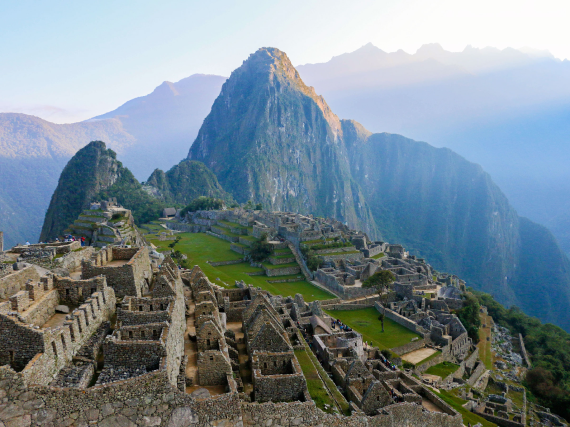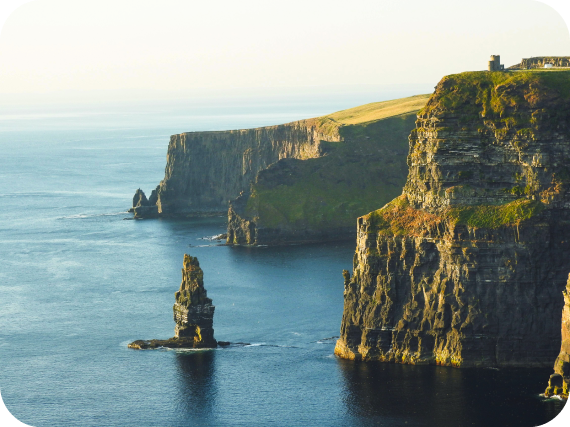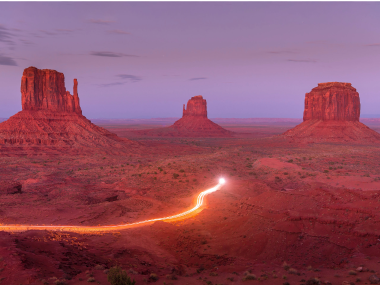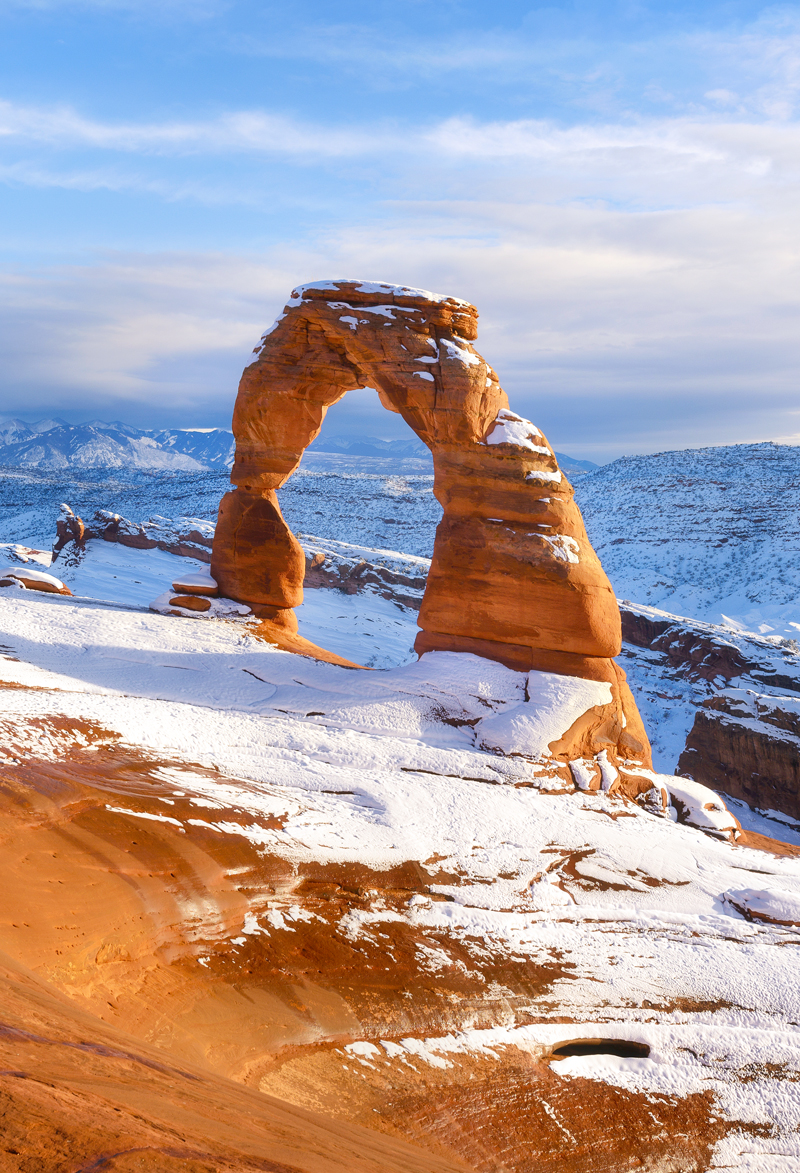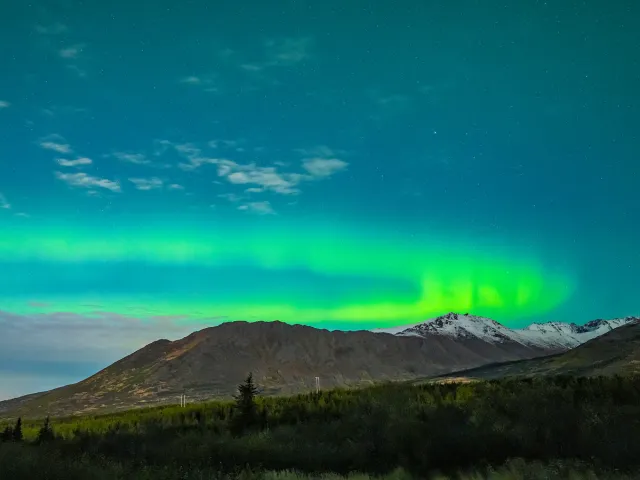There are 63 national parks in the United States. From Yellowstone, the first national park, to Gateway Arch, the smallest national park, all 63 parks are worth seeing. But some are best visited at certain times of year, and a handful of them are especially lovely when temperatures drop and the sun sets early. Here are five of the best national parks to check out in winter.
Arches National Park – Utah
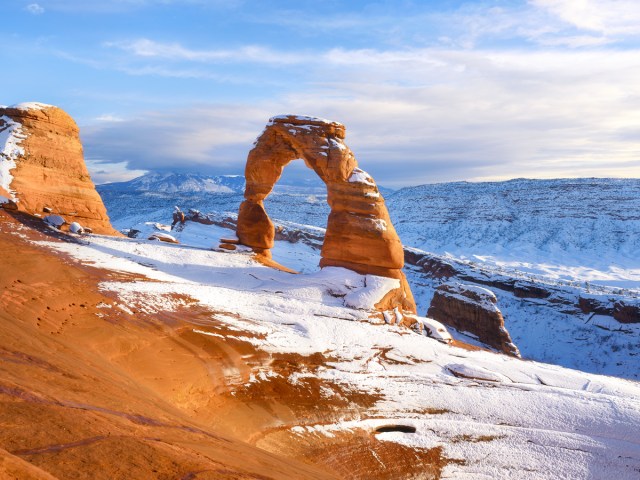
The red rocks of Arches National Park are striking any time of year, but never more so than when contrasted with white snow. There are more than 2,000 of the natural sandstone arches that give one of Utah’s most beautiful spots its name, and there’s no time like the winter to see them.
All manner of formations can be found there, from windows and spires to natural bridges and balanced rocks, and protecting them is the park’s official purpose. It’s a delicate ecosystem — despite how sturdy they look, many of these features are actually quite fragile — so tread carefully when taking in their splendor.
Death Valley National Park – California
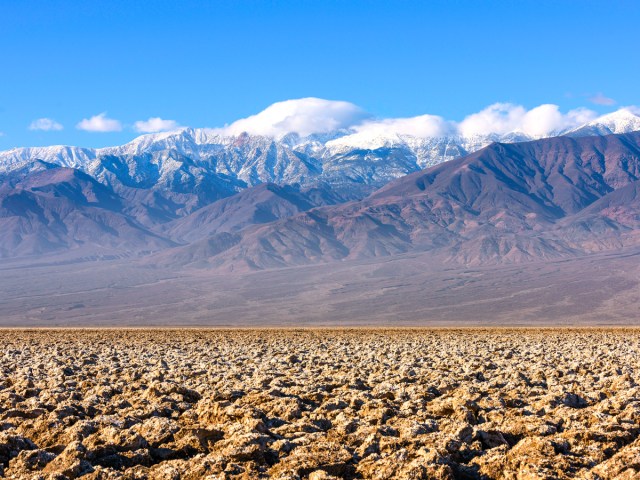
Death Valley is hot — really hot. The highest temperature ever recorded, a sizzling 134.1 degrees Fahrenheit, took place here on July 10, 1913, and triple-digit temperatures are the norm throughout the summer. But it’s a much milder story during the winter months, which makes Death Valley National Park an ideal park to visit when cold weather descends on much of the U.S. In January, the average high temperature in Death Valley is 60 degrees Fahrenheit, while February is 73 degrees.
The largest national park in the lower 48, Death Valley is also the lowest, hottest, and driest park in the country. Badwater Basin, which at 282 feet below sea level is the lowest point in America, is an essential stop, and there are few better places to stargaze.
Denali National Park- Alaska
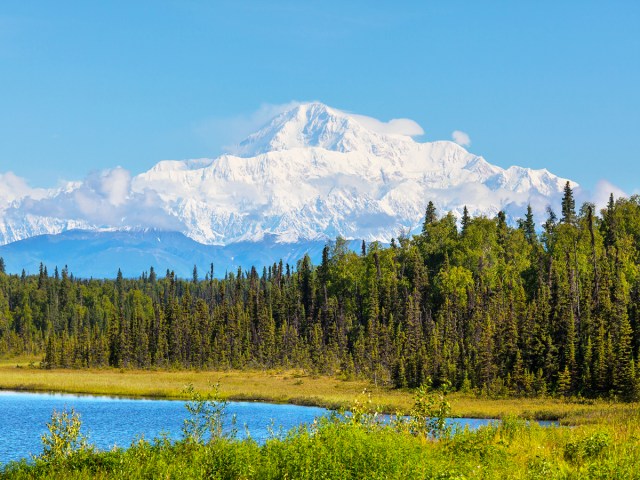
If you don’t need an abundance of daylight to enjoy yourself, consider visiting Denali National Park. You can expect about 4.5 hours of sunlight in mid-December, but that isn’t to say that a trip to one of Alaska’s most scenic spots will be gloomy. It’s there you can see Denali itself, which at 20,310 feet is the tallest peak in North America. There’s also the aurora borealis (aka the northern lights), sled dogs who will give you a ride, and a range of wildlife best seen from afar — namely bears, wolves, and moose.
Haleakalā National Park – Hawaii
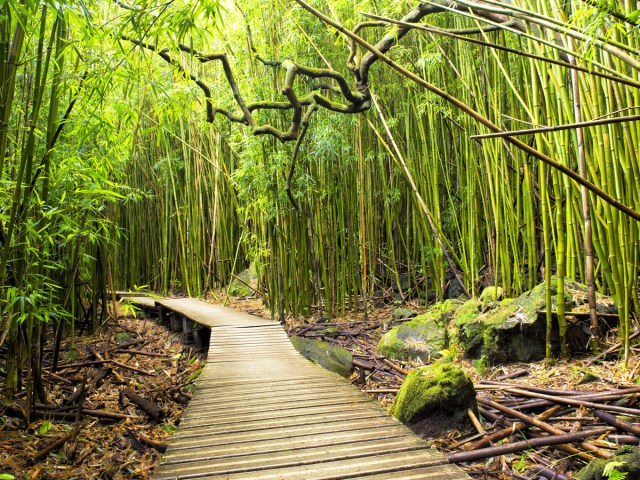
If you prefer warm weather year-round, Hawaii may be the place for you — particularly Maui, which is home to Haleakalā National Park. The park is named for the eponymous volcano, which forms some 75% of the island. Its name means “house of the sun,” and its highest peak stands at 10,023 feet.
There are few better places to watch the sunrise, which is such a beloved attraction that it requires a reservation. Meanwhile, the Sliding Sands, or Keonehe’ehe’e Trail, is a must for experienced hikers. It takes you from the volcano’s peak down to its crater, which is otherworldly in both color and formation. Once there, you can even camp if you’re lucky enough to secure a cabin.
Acadia National Park – Maine
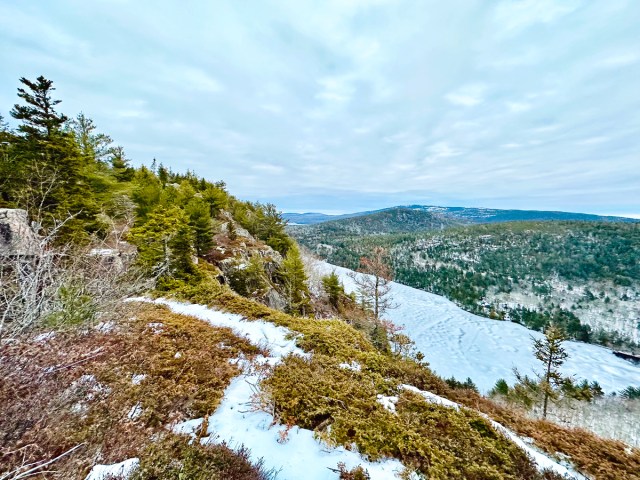
Though it might not have the name recognition of Yellowstone or Yosemite, Acadia National Park is actually one of the 10 most-visited national parks in the country. More than 4 million people descend upon Maine to see it each year, and for good reason: It’s uniquely gorgeous, situated as it is against the Atlantic and home to more than 158 miles of hiking trails.
Spread across Mount Desert Island, the Schoodic Peninsula, Isle au Haut, and 16 smaller islands, Acadia was first established as Lafayette National Park in 1919 — the first national park east of the Mississippi River — before taking its current name in 1929.
More from our network
Daily Passport is part of Inbox Studio, which publishes content that uplifts, informs, and inspires.

